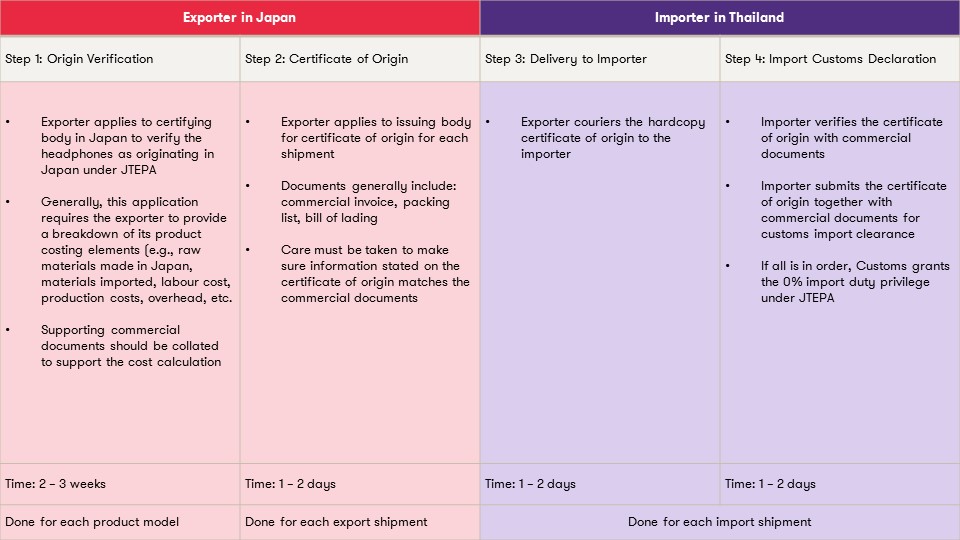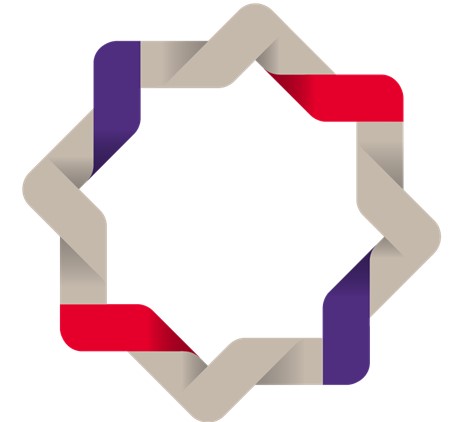In part 1, we discussed the ways in which Thailand’s current import duty exemption policies for low-priced goods give significant advantages to certain types of international e-commerce businesses, at the expense of local retailers.
In the final part of this article, we continue our examination of how customs rules for free trade agreements (“FTAs”) should be modernised to meet the needs of a digital economy. We will begin our analysis with a general overview of how FTAs function to foster trade amongst participant countries. Thereafter, we will see how the existing customs rules underlying FTAs work (or don’t work), and how the rules could be improved to meet the commercial realities of modern e-commerce.
FTAs are bilateral or multilateral trade deals that are aimed at liberalising trade in goods and services amongst participant countries. The 21st century saw FTAs growing globally at a historically unprecedented pace. In 2000, the World Trade Organisation (“WTO”) recorded 28 FTAs worldwide. By the end of the decade, in 2010, there were 142 FTAs. The trend continues to this very day. By 2017, the number of FTAs nearly doubled to 221 (1). This proliferation was rooted in the lack of progress of the WTO’s trade negotiations in the 1990s, which saw countries opting to enter into trade deals on bilateral and regional levels.
It was in the 1990s that ASEAN countries entered into the ASEAN free trade agreement – also known as “AFTA” – which remains a hallmark regional FTA in Southeast Asia to this day. ASEAN countries such as Thailand followed up by aggressively negotiating trade deals with key non-ASEAN trading partners. Thailand entered into 7 bilateral FTAs between 2000 – 2015. At the ASEAN level, Thailand was also party to ASEAN multilateral FTAs that included Australia, New Zealand, China, India, Japan and South Korea.
FTAs in theory and in practice
The objective of an FTA is to promote trade between participant countries by providing preferential treatment to the goods or services originating from the participant countries. We take the example of the free trade agreement between Thailand and Japan – commonly referred to as the “JTEPA” – as a case in point. Under the JTEPA, headphones from Japan may be imported into Thailand without any import duties. This is an advantageous trade term for Japanese goods since Thailand normally imposes an import duty rate of 10% on headphones. Thus, Japanese headphones have a landed-cost in Thailand that is 10% cheaper than competitors from countries such as the USA, UK or Germany.
The key for Japanese headphone manufacturers to achieve this trade advantage is to ensure that its products comply with the “rules of origin” prescribed under JTEPA. That is to say, in order to qualify, the headphones must be deemed as originating from Japan. As one may expect, the devil is in the details. The process and procedures can be complex and tedious. They require an origin verification in Japan, as well as a certificate of origin, to be issued. This process must be repeated by the Japanese exporter for each product model and each export shipment.
We provide a visualisation of the process below:

As we can see, the process is still fundamentally a manual one. It takes weeks before a product’s origin can be verified. Thereafter, a physical certificate of origin must be issued. The Japanese exporter needs to courier this document overnight to the importer in Thailand. The importer takes the document and uses it for import customs clearance.
While the process is cumbersome, it was viable in an era where goods are normally shipped in bulk by ocean-going vessels. It normally takes about 1 week for goods to be shipped from Japan to Thailand, providing plenty of lead time for the critical certificate of origin to travel by air to Thailand. One certificate of origin is adequate for one shipment that could consist of 10,000 headphones imported by a wholesaler.
Now, let’s re-impose this same set of procedures for the modern e-commerce landscape and see how it works. Imagine that the Japanese exporter now must fulfil orders for 100 headphones every day. Each pair of headphones will be shipped via express airfreight and earmarked for delivery to the doorstep of the end-customer.
In order to qualify for JTEPA 0% import duty into Thailand, the Japanese exporter must apply for 100 certificates of origin every day. These documents must be couriered in time for the headphones to be declared through customs in Thailand. The importer in Thailand is no longer a single wholesaler, but 100 individual customers who are unlikely to have any knowledge of what JTEPA is or how to utilise the JTEPA import duty privilege.
In reality, the e-commerce operators will usually opt to forgo using JTEPA and simply pay the 10% import duty, or the customers in Thailand will have to pay for the 10% import duty on the goods. Thus, we see how the existing customs rules in the context of FTAs don’t work very well in this scenario.
How should customs rules for FTAs be modernised to remain relevant for the digital economy?
In part 1 of this article, we discussed the possibility of creating a higher value range for air couriered goods to be imported duty free, along with simplified customs declarations to address the problem. While these proposals may alleviate key difficulties surrounding goods that are low ticket items, they are nevertheless inadequate to solve other issues. There is still a need to improve the procedural efficiencies for higher valued goods and address the possibility that customs duties may be imposed on digital products (2).
In short, we still must develop systemic solutions to improve the efficiency of customs rules so that they allow for the principle objective of FTAs to be realised: liberalising trade between countries.
To be sure, technological innovation has made this problem more complex – but it can also provide the path to a real solution. To place Thailand at the competitive forefront of a digital economy, the government should consider harnessing digital technology in the customs administrative process. FTAs are ripe candidates for piloting and launching such technologies, as such efforts could be tried first on a smaller scale – between two, or perhaps a handful of trading partners – instead of an immediate and wholesale change to the entire system.
For instance, Thailand could opt to re-negotiate with FTA partners on adopting new systems to improve customs processes for goods traded between their countries. A new model might involve:
- Allowing manufacturers of products in a country to self-certify the products after having completed origin verification with the authorities. The self-certification declaration could be affixed to the commercial invoice accompanying the goods, or sent electronically to the importer;
- Creating an origin authentication procedure that could be linked to barcodes or QR codes on the product, whereby the self-certification could be verified to the manufacturer’s confirmed inventory, thereby preventing fraud;
- Harnessing digital technologies such as blockchain to ensure that the origin authentication data could not be manipulated, double entried, or falsified and ensuring that the data could be matched between the exporting customs authority, the importing customs authority, the exporter and the importer.
Such forward-looking initiatives would need to be implemented carefully to ensure smooth adoption and operation, but they are a necessary step towards reforming an institution that is already overdue for modernisation. As the world conducts more and more of its business online, and as Thailand embraces its vision of an advanced 4.0 economy, the Thai Customs Department should follow suit to facilitate fast, free and fair trade in the spirit of the FTAs on which the global economy now depends.
(1) Source: Asian Development Bank (ADB), Asian Regional Integration Center.
(2) As digital products such as mobile phone applications and software are now being traded across boundaries via internet and wireless download, countries are starting to consider treating such digital downloads as imports and subject to import duties. Refer to our article, Is Time Running Out for Unregulated International Software Sales? published on 7 May 2018, for more detailed discussion.

